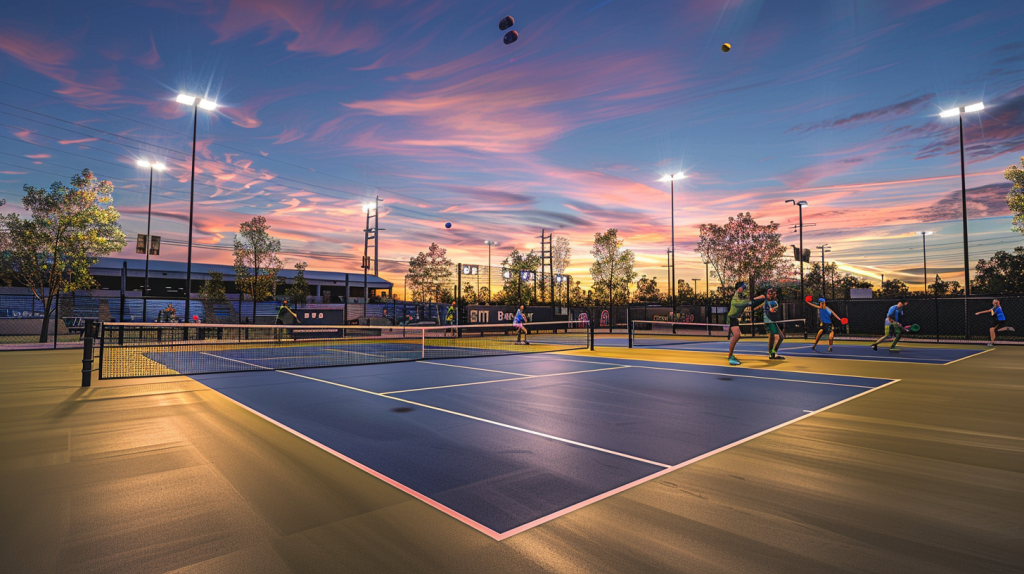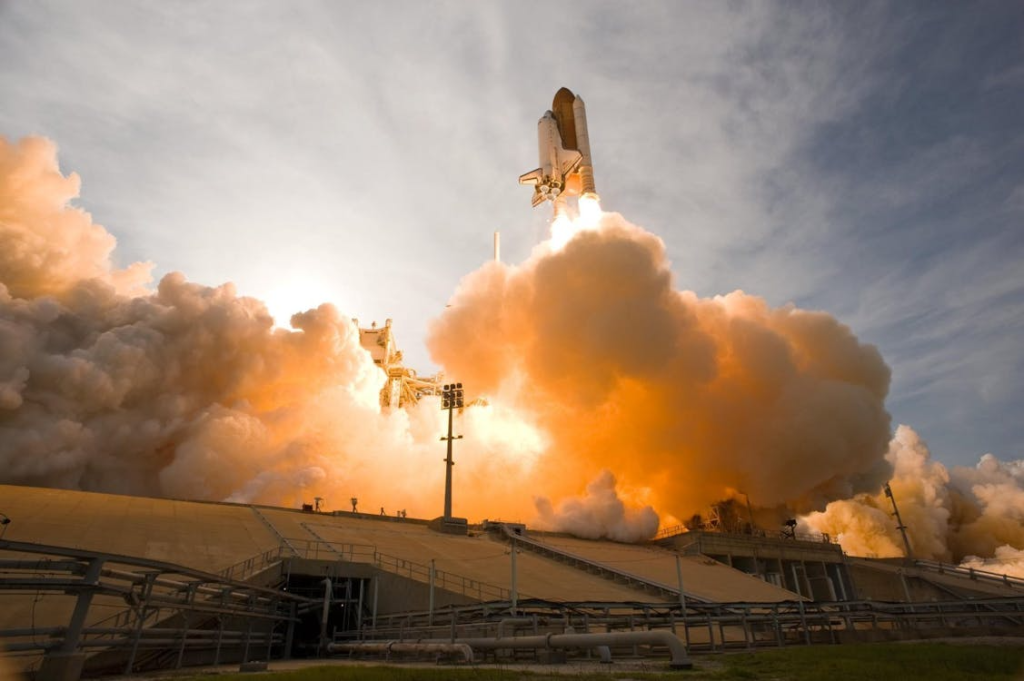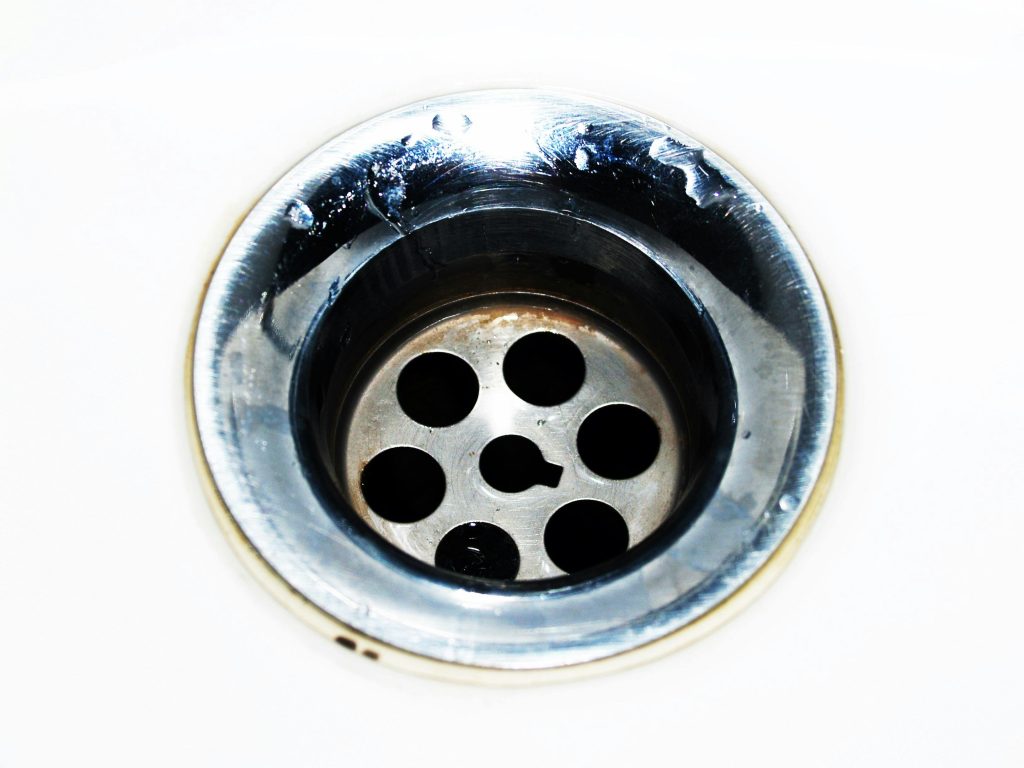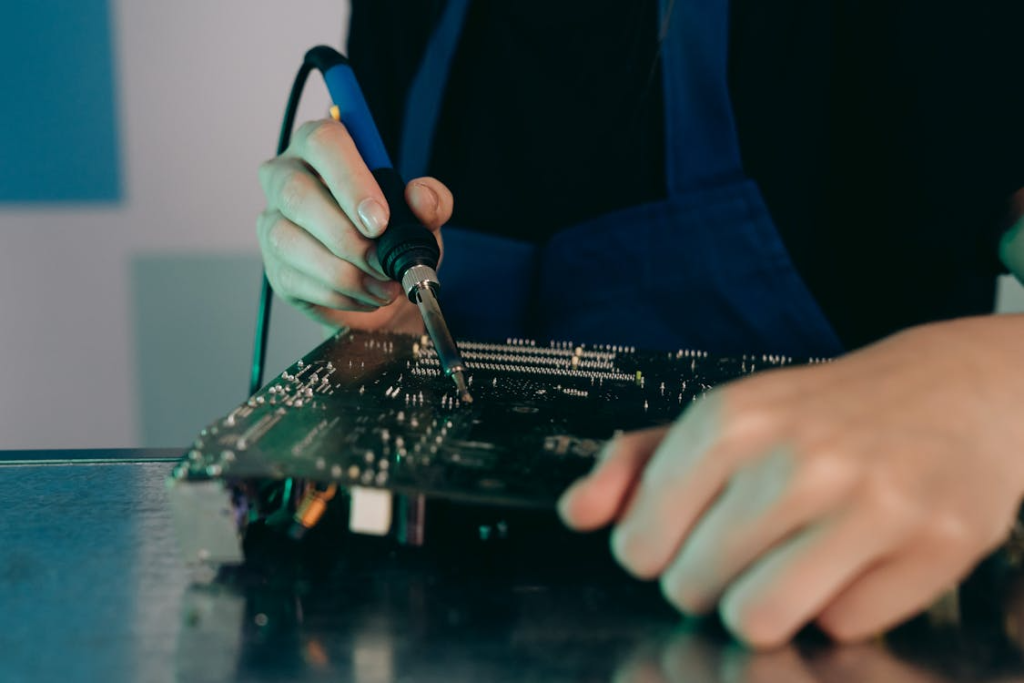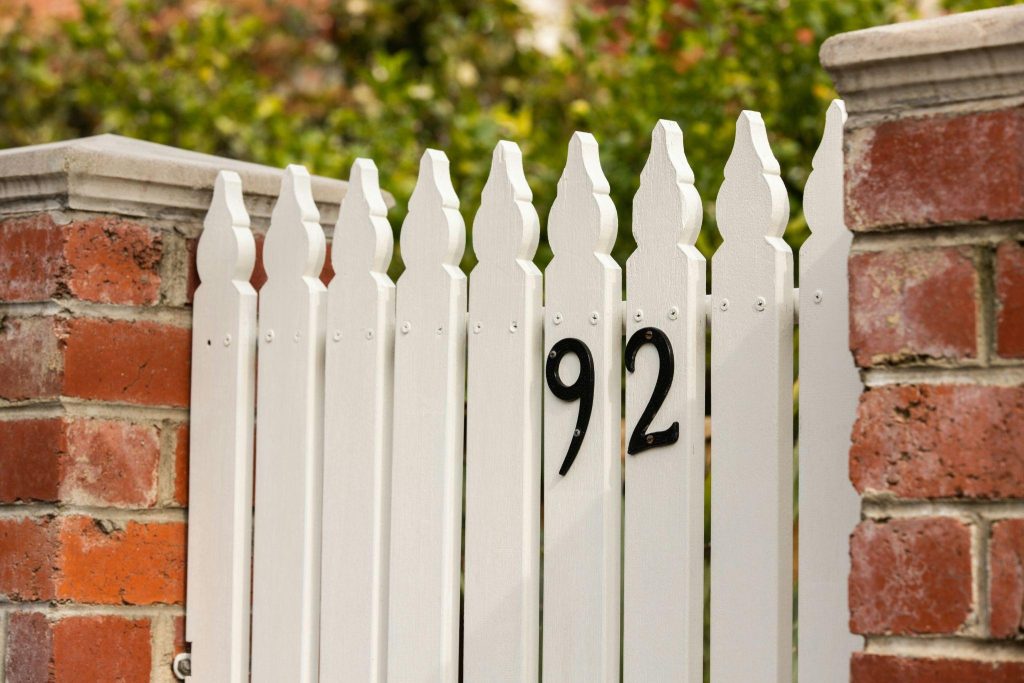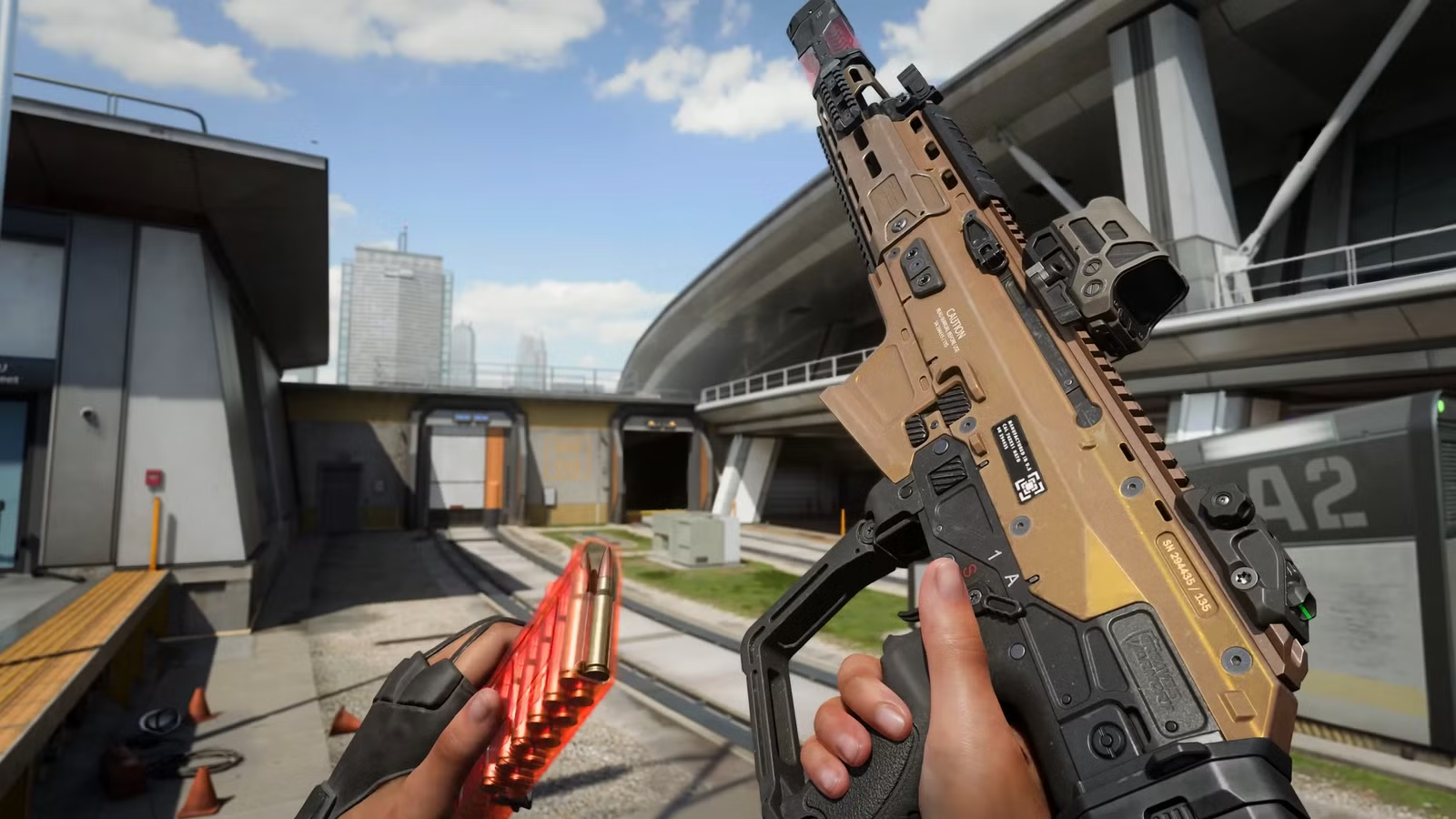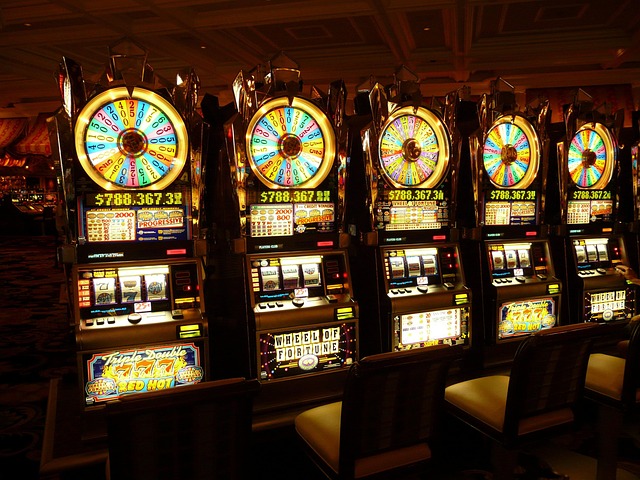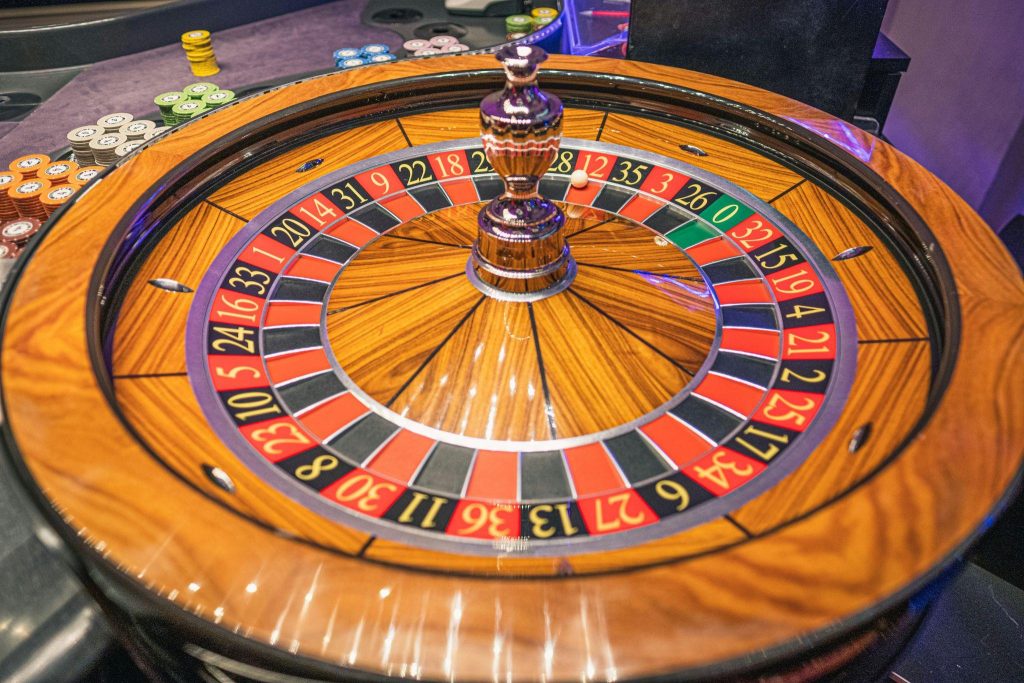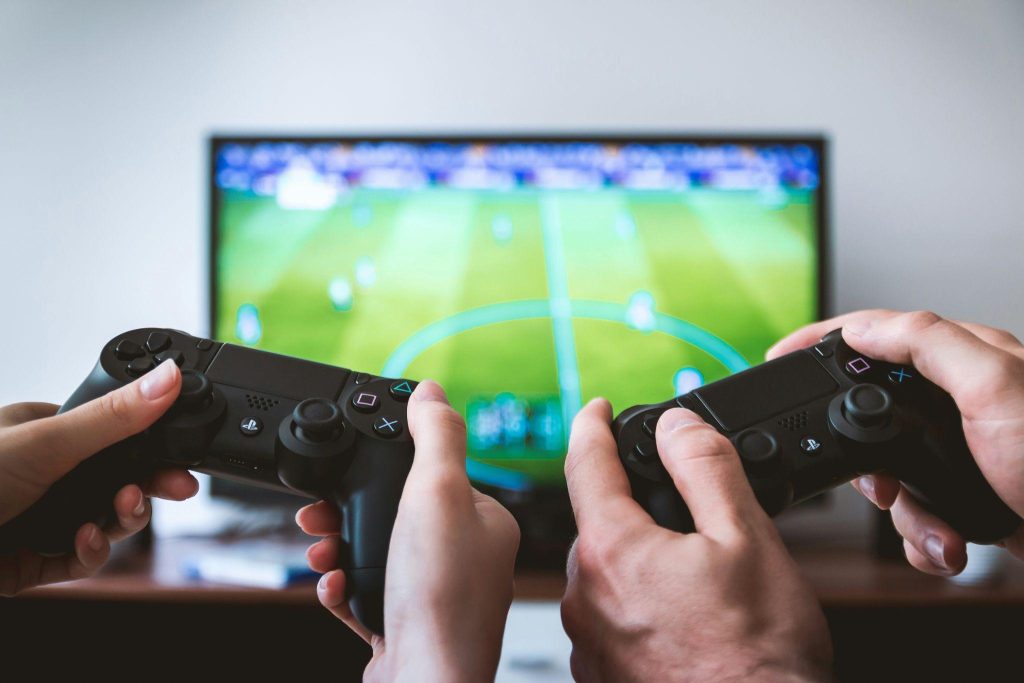The first time I walked onto a pickleball court at dusk, one thing set me apart from most players: the way the lights felt, not just the way they looked. The ball shimmered in a patch of glare and for a split second my return flew wide. It wasn’t my skill, it was the light. It was a lesson that every facility owner, coach and fan is forced to learn: A game can easily be won or lost with the flick of a switch.
In addition to sheer visibility, good pickleball court lighting is about that five-letter word, glare. It dictates how the players play, how fans watch the game, and even how an entire stadium is perceived. As pickleball booms as one of America’s fastest-growing sports, the discussion around lighting is hardly technical, it’s personal, emotional and necessary.
Illumination and the Art of Performance
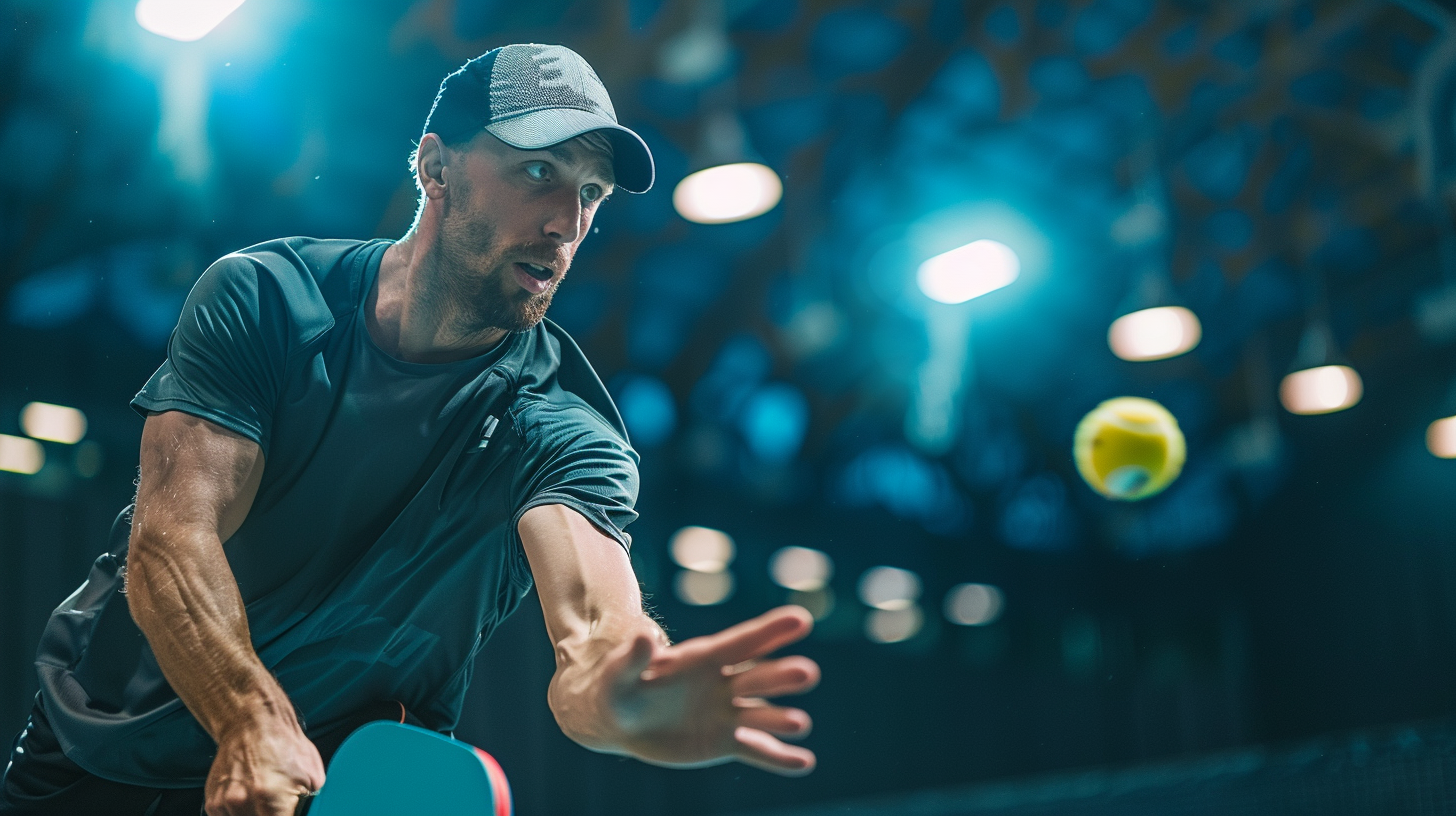
It’s the sort of truism every athlete knows about: milliseconds matter. Whether it’s picking up the spin on a serve or gauging a bounce across the court, lighting influences how players perform deeply. Research into sports lighting has demonstrated that the correct illuminance, color temperature and uniformity play a big part in reaction times, depth perception and fatigue.
Players’ eyes have to keep adjusting as they pass from bright zones into dim ones. Added strain can mean slower response times, missed shots and avoidable frustration. That gets magnified on the smaller, faster-moving pickleball court.
Contemporary LED lighting systems have really changed the game. LEDs offer on-the-spot illumination (no waiting for them to warm up), consistent light output, and no flicker like older metal halide technology. They uniformly distribute the light so all areas of the playing field will be evenly illuminated and visual performance remains constant from serve to finish.
What the Data Says
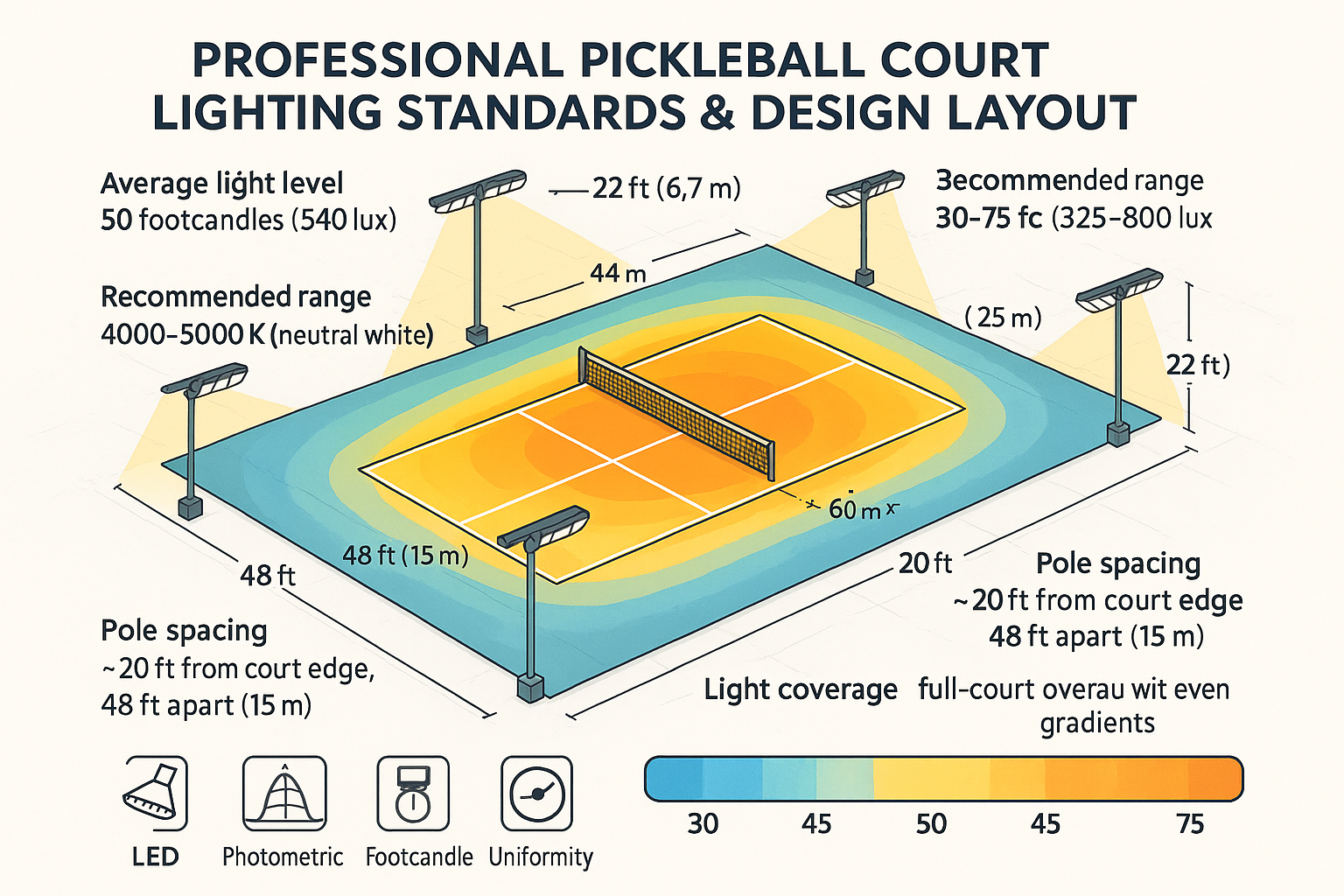
The USA Pickleball Association sets recreational play at between 30 and 50 footcandles of illumination, and professional-level matches can reach up to 75. That’s about what you’d get in a well-lighted tennis court, but with stricter uniformity requirements.
These recommendations align with the ANSI/IES RP-6 standard for sports and recreational lighting, which is broadly adopted for its comprehensive guidance on illuminance, glare control, and uniformity in stadiums and courts.
Uniformity, on the other hand, describes how evenly light is dispersed. Hot or cold spots from artificial lighting interfere with visibility. Players might feel comfortable on one side but get uneasy when the ball crosses the court. The best lighting design is consistent in delivering illumination to avoid hot spots and glare while remaining color correct.
It’s not only about bright light, it’s also about control. The highest-quality lighting solutions employ sports-specific LED fixtures that have optics fine-tuned to shoot light exactly where it should be. These LED lights minimize wasted direct light and glare as well as help obscure the night sky. Full cut-off wall packs are also ideal for use with energy-efficient lamps such as LED, CFL and induction.
The Physical and Psychological Effects of Lighting on Players
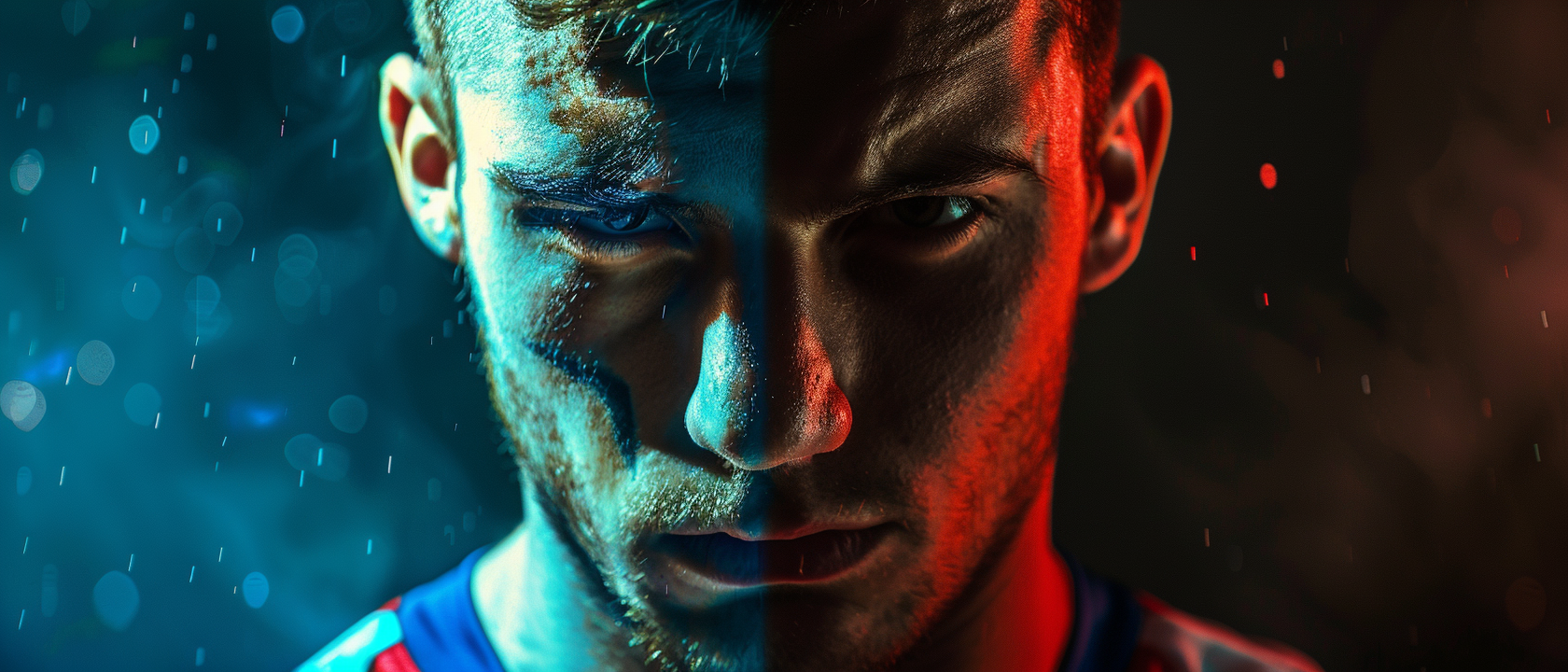
Light does more than simply illuminate, it affects our bodies and brains. LED technology and visual performance studies show that better-quality light can combat eye fatigue as well as help people stay alert. Players who are active in illuminated areas report feeling more confident, energetic and focused.
Consider this: You walk into a gym with natural, even lighting and out come the endorphins. The same is true on the pickleball court. When modern LED fixtures deliver stable, flicker-free illumination, players can follow the ball better and move with greater precision.
More complex is the fact that poor lighting can make even a skilled athlete feel off. Shadows play tricks on depth perception, and glare can make it difficult to see as serves come your way. Over time, frustration builds, leading to mistakes that have nothing to do with skill and everything to do with lighting.
Creating the Perfect Pickleball Atmosphere
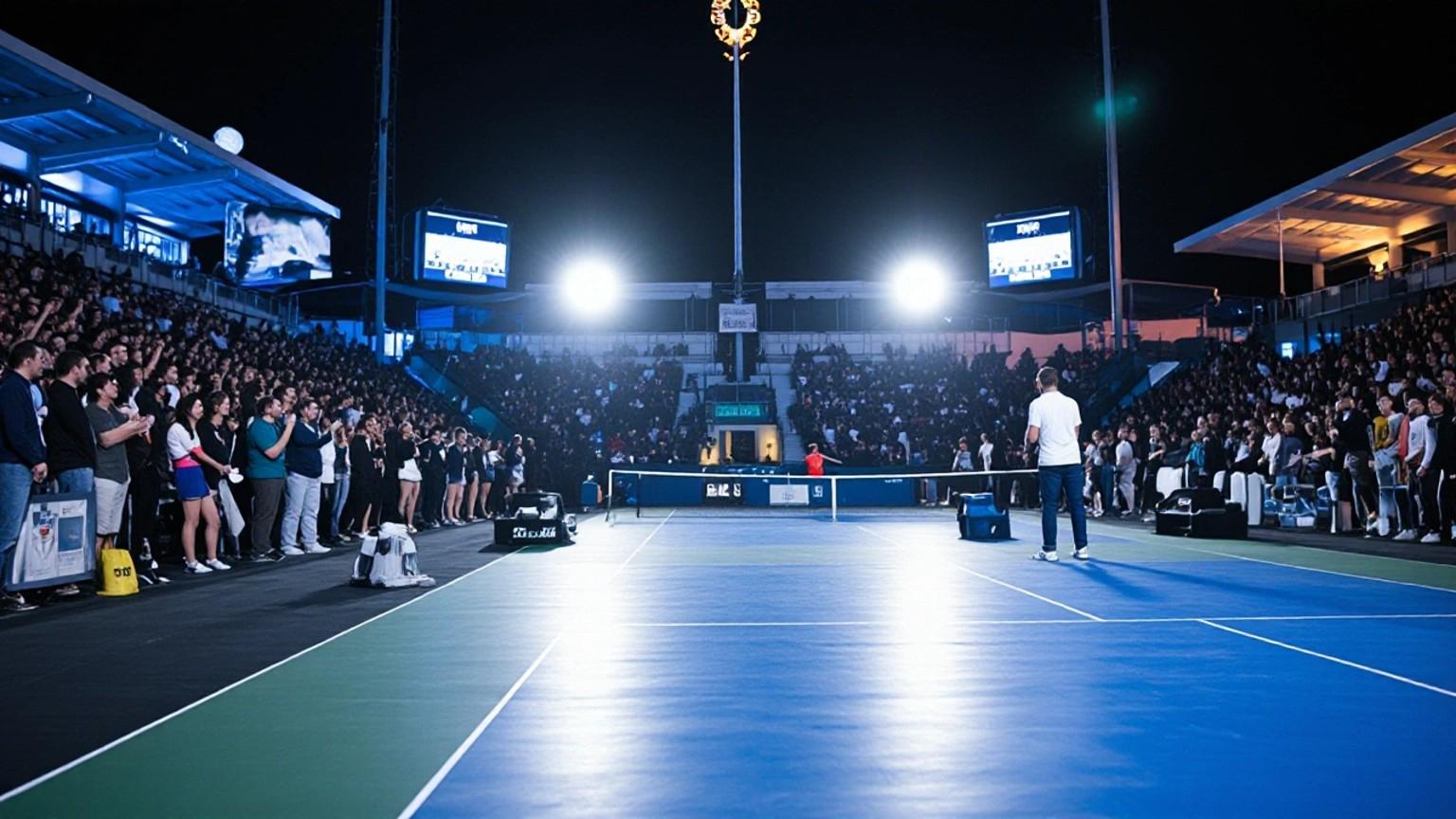
Spectators count as much as those who play. If you’ve ever visited a well-lit tournament, you know that proper lighting can change the entire mood of a match. The sheen, the contrast, the graceful arcs of a white ball against a cerulean sky, all combine to make this shoulder-height sport feel alive with energy.
A strong lighting setup enables viewers to clearly see every move, leading to increased fan satisfaction and engagement. Fans linger longer and cheer harder, often equating the quality of lighting with the professionalism of the venue.
Just imagine trying to watch a final where shadows obscure the action. The disappointment isn’t just at missing the shot but at missing the experience. That is why state-of-the-art sports lighting systems are as much about aesthetics as they are about performance. While providing visibility, they also set the mood for a cozy and welcoming atmosphere for all guests.
Design Principles for Lighting That Make a Difference
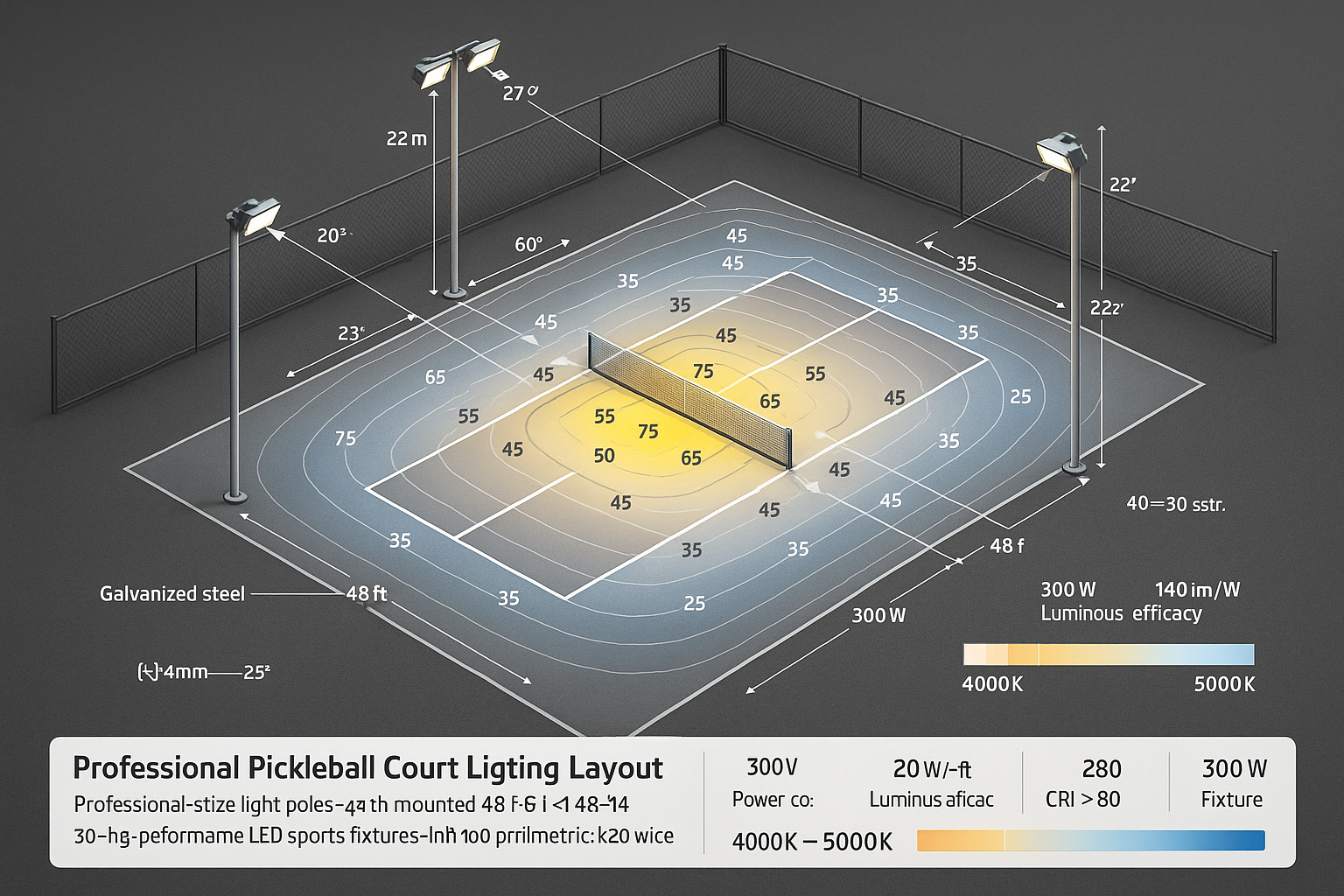
Creating lighting for a pickleball court is not guesswork. It’s a combination of art and engineering. Here are some basic rules that experts adhere to:
Uniform Light Across the Court
The aim is even lighting that doesn’t fluctuate much from one region to another. If the ratio between maximum and minimum light intensity is less than 2:1, it becomes optimal for gameplay. This helps avoid any sections of the court that feel “too bright” or “too dim.”
Proper Installation Height and Fixture Position
Outdoor setups are usually done with mounting poles between 20 and 26 feet. Fixtures installed too low produce glare; placed too high, they are less efficient. Alignment should also avoid having light fixtures shining directly into the eyes of players or fans.
In addition, the IDA / IES Model Lighting Ordinance (MLO) provides a regulatory framework to limit uplight, glare, and light trespass, reinforcing that shielded fixtures and controlled distribution are not optional but essential in outdoor sports lighting.
Color Temperature and Rendering
A color temperature of 4000–5000K gives a natural daylight feel, enabling players to observe the ball’s spin and trajectory easily. Higher CRI (Color Rendering Index) makes the surroundings more vibrant.
Control and Dimming Options
A contemporary lighting solution must be adjustable. Smart controls can dim lights for practice sessions, tournaments or night play to conserve energy and extend fixture life.
Efficient Lumen Output
It’s not just the number of fixtures but how many lumens they produce efficiently. A clever lighting design ensures luminous flux is optimized to provide bright yet energy-efficient light.
How LED Lights Have Taken Over the World of Pickleball
In the past, metal halide lamps were traditionally used for court illumination. But LED light technology reigns today, providing unmatched efficiency and longevity. LEDs emit bright, consistent light with lower energy use, reduced maintenance and longer life.
The best pickleball light solution, using LED technology, will have a lifespan of up to 50,000 hours or more—sometimes several years before it needs to be replaced. They’re also weatherproof, so you can install them both indoors and outdoors.
Where LEDs truly shine is in their flexibility. Designers can use precision optics to control light distribution and match court geometry, eliminating glare and consuming less energy. The result is a well-lit area that increases both the joy of play and the enjoyment of viewing.
Manuscript Case Study: When Lighting Changed the Game
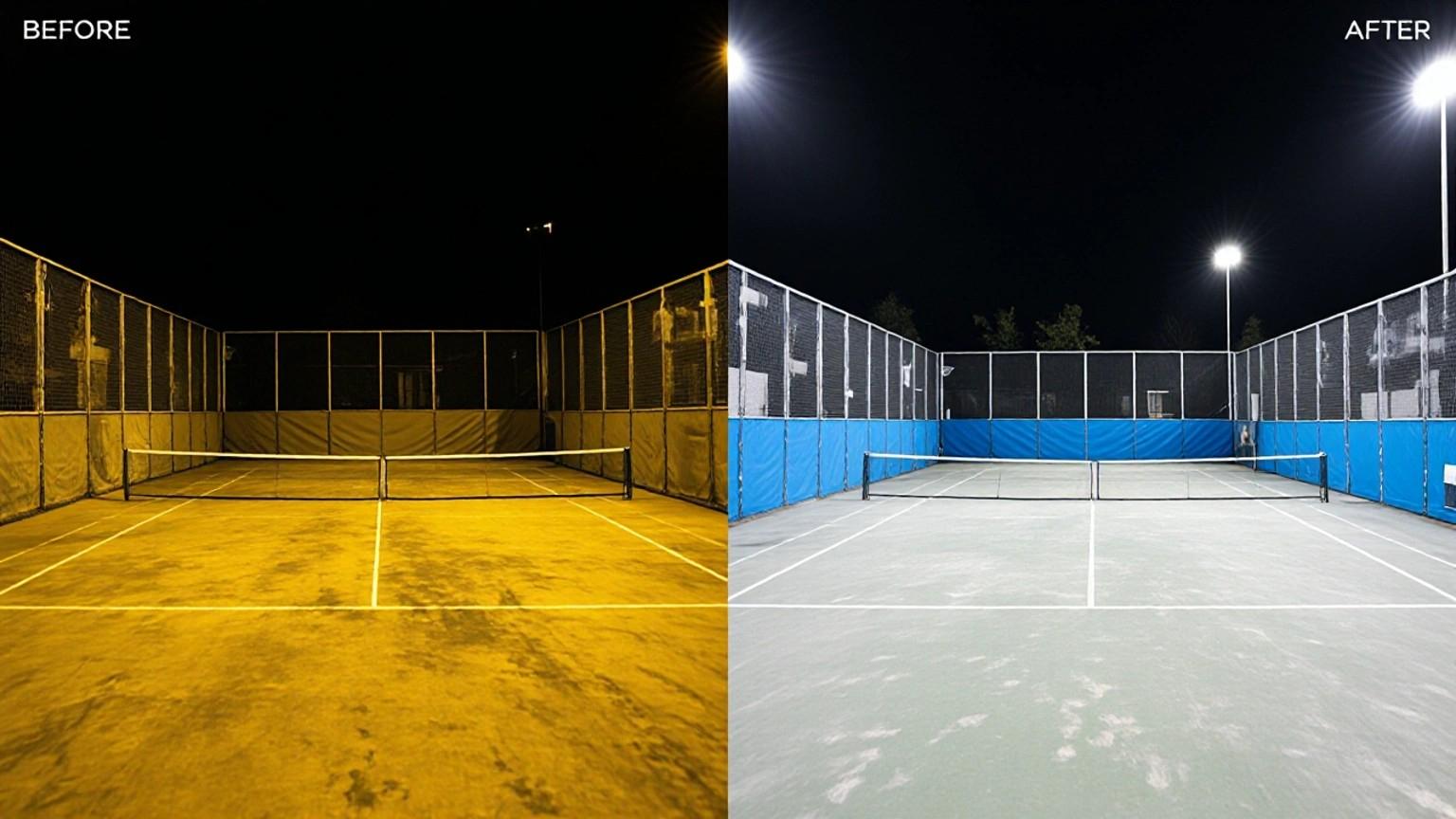
A club in Kansas replaced their traditional fixtures with LED lights on their six courts a couple of years ago. Players used to frequently complain about variable brightness and glare during nighttime matches before the update.
Across the board, average light levels increased from 28 footcandles to 50 post-retrofit, with a near-perfect max-to-min ratio of 1.5. The feedback was immediate. Players said they could now track serves better and react quicker. As one player put it: “It’s like the ball slowed down, not because I was playing better, but because I could finally see it.”
Fans noticed too. The bleachers became fuller for night games, and social media posts about the venue doubled. The improved lighting options not only enhanced performance but also fostered a sense of community.
Balancing Cost, Efficiency, and Sustainability
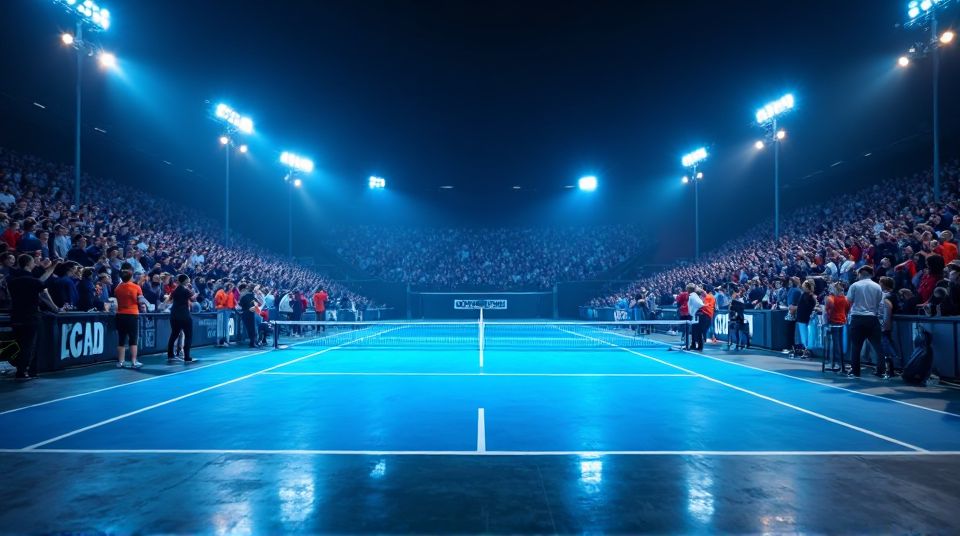
Facility managers often ask, “Is it worth the investment?” The answer is yes. Quality LED fixtures can be expensive to install, but the long-term savings are significant.
Operating costs can be reduced by 60 to 70 percent compared to conventional lighting, through energy savings alone. Maintenance expenses are substantially reduced because LEDs rarely need to be replaced. With modern dimming controls, you can adjust direct light output depending on the time of day, extending fixture life even further.
Furthermore, modern LED-based systems are sustainable, aligning with community and sports organizations’ environmental policies. Lower energy use means reduced carbon emissions, and many systems now qualify for local energy-efficiency rebates.
For Fans and Growth in the Future
Lighting isn’t only about today’s game, it’s an investment in the future. As pickleball becomes more popular across the country, clubs and communities are expanding facilities to accommodate the sport.
Thoughtful lighting design ensures these areas are equipped for televised games, live streaming, and after-hours tournaments. Smart systems also integrate with motion sensors and IoT controls, allowing automatic adjustments for energy savings and security.
For building owners, this flexibility is the difference between keeping up and staying ahead. Players notice. Fans notice. And in a competitive recreational world, that visibility is crucial.
Conclusion
At its heart, lighting dictates how we play pickleball. It shapes every serve, every cheer, every moment across the court. Well-planned lighting enhances both play and perception, turning an ordinary match into a memorable event.
From how players perform to how fans enjoy the action, there’s no denying pickleball court lighting has a major impact. It’s not just illumination, it’s inspiration. Taking care of the lighting system means creating an environment where players feel confident, audiences feel connected, and the spirit of the game shines bright.
After all, when the lights come on and the first serve flies, the game deserves to be seen exactly as it was meant to be.


